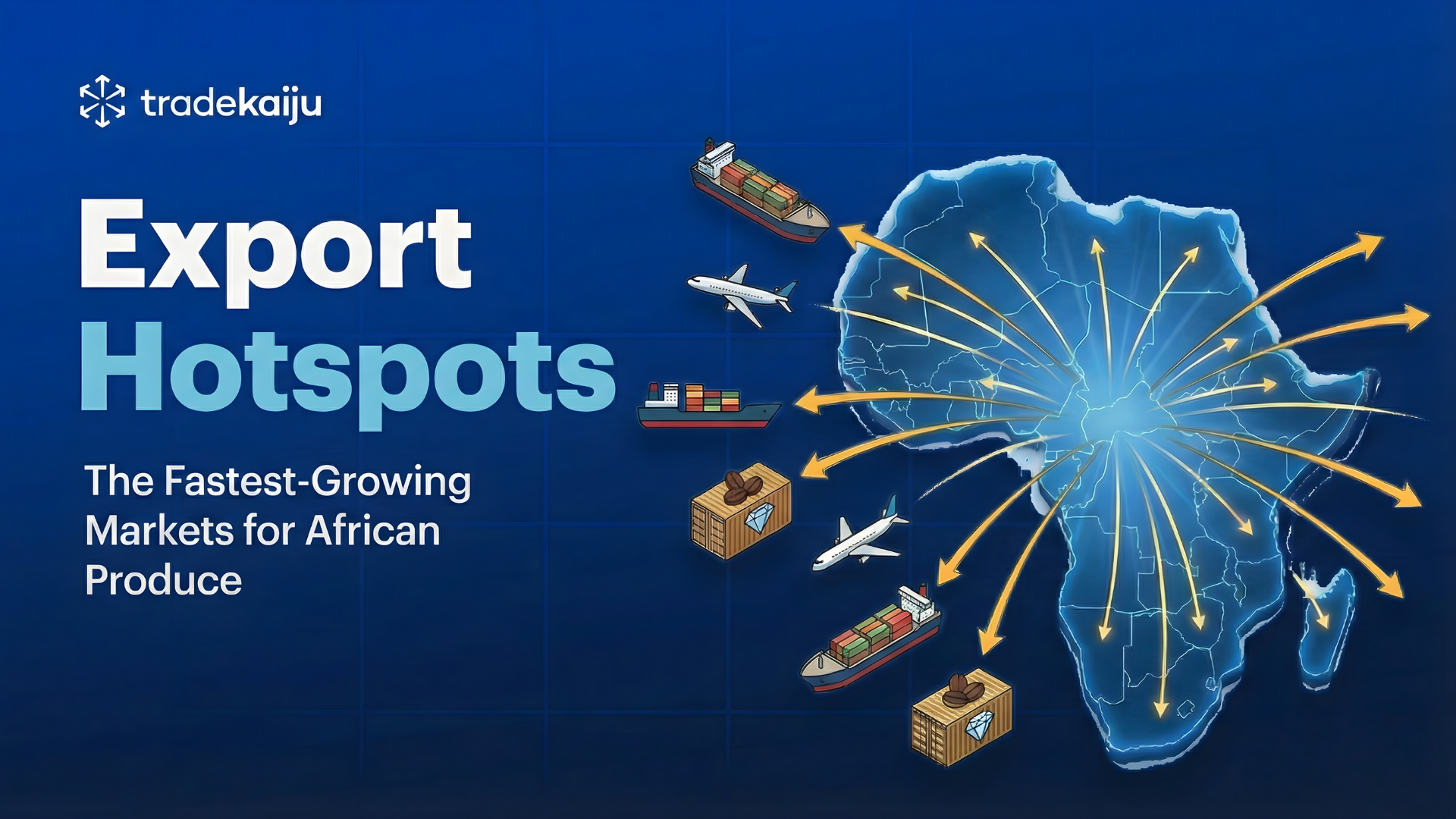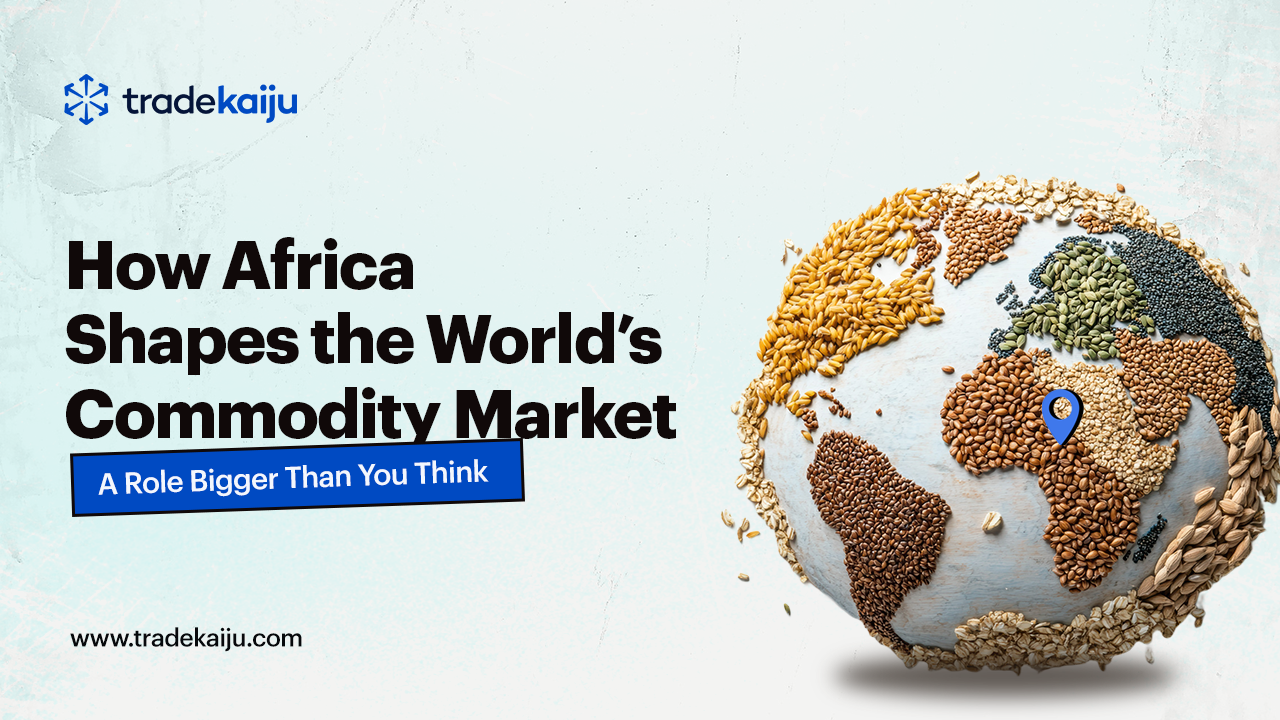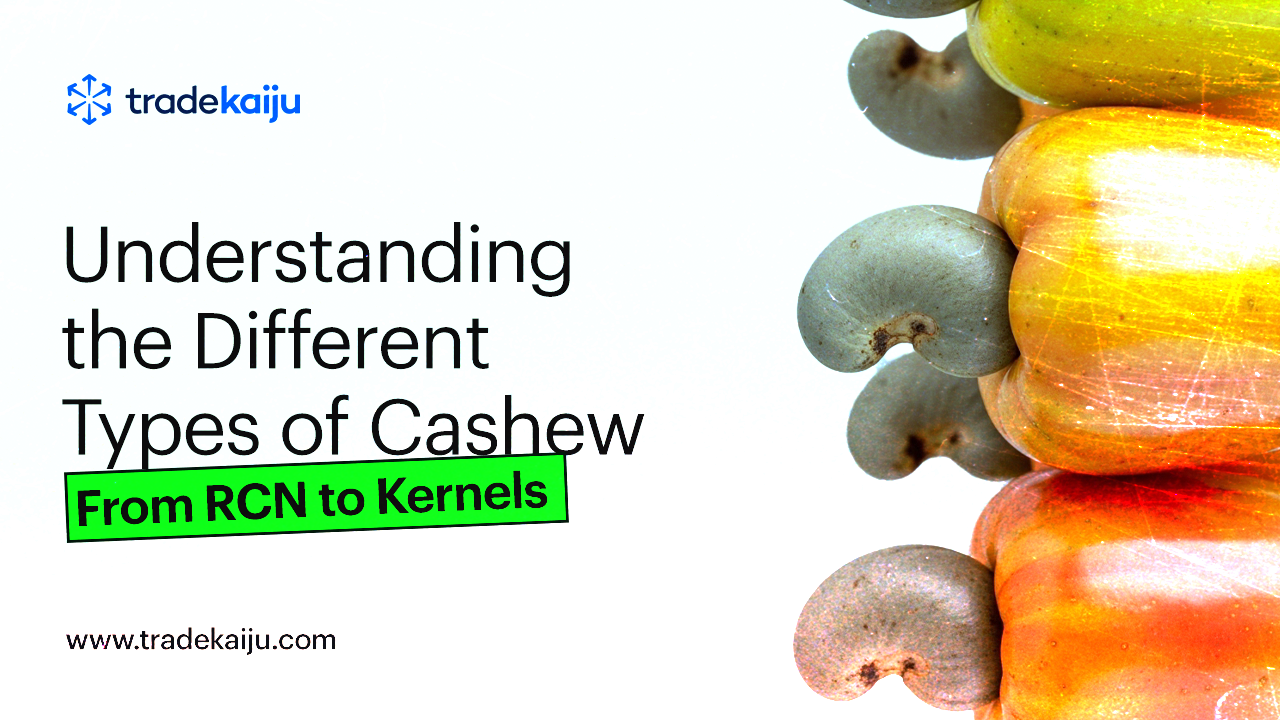An Overview of the Global Cocoa Market and the Opportunity for Investors
Date Posted: 2022-04-26 08:14:34
_1652082650.png)
Domestication of Theobroma cacao has a long history. Cacao, which was originally native to the Amazon region, can be traced back to ancient life in Central and South America, where the crop was first domesticated 5,300 years ago. The crop was introduced to Africa by a trade caravan of visiting Europeans. Over the years, Africa has established itself as the epicentre of massive and successful cocoa production in order to meet the demands of the world's ever-increasing population.
The crop with its three varieties, Criollo, Forastero, and Nacional, provides food for humans. Cocoa, an edible derivative of the crop, serves as the foundation for the production of popular confectioneries such as chocolate, beverages, bakery products, and as consumable fruits for a large number of people. At international markets, cocoa is traded as beans, powder, cocoa paste, or liquor, as well as in the form of butter. Cocoa is processed by manufacturers into finished products for consumers. The cocoa that has been processed could be in the form of couverture (industrial chocolate) or finished chocolate products for consumer markets.
From the above description, there are numerous players involved in the cocoa value-addition process. The categories of key actors all along the cocoa value chain include input suppliers, farmers, exporters, importers, and processors or grinders. Manufacturers, wholesalers, retailers, and consumers are also included at the tail end of the value chain. There are also service providers and supporting institutions. According to the German Initiative for Sustainable Cocoa, smallholding farmers with an average farm size of 2-5 hectares produce the majority of the world's cocoa. These farmers are estimated to number 5 million and are spread across the world's cocoa-producing countries.
The International Cocoa Organization (ICCO) forecasted a gross volume of 5.024 million metric tonnes of cocoa in 2021. This represents a 1.65 million tonne surplus over the previous year. According to the organization, 4.809 million tonnes will be grounded, while the end-of-season stock will be 1.893 million tons.
According to Statista, cocoa production will peak at 4.96 million tonnes in 2022, with an average price of USD 2.43 per kg. Cocoa is currently selling for an average of USD 2,526 per ton on international markets (Trading Economics). The cocoa market was worth USD 8.6 billion in 2017. According to the International Institute for Sustainable Development (IISD), the industry will grow at a CAGR of 7.3 per cent beginning in 2019 and will reach USD 16.32 billion by 2025. The industry grew by USD 854.5 million between 2016 and 2020. The crop contributes significantly to the Gross Domestic Product in many producing countries, demonstrating its importance to the respective economy. For instance, Ivory Coast, a leading cocoa-producing country, valued its cocoa at USD 3.58 billion in 2019.
The opportunity created in the cocoa market is enormous. Given the market's strength and recent events, the industry has already experienced unparalleled growth. As the year progresses, this growth has the potential to multiply (in folds). As a result, new and existing investors in the cocoa market must take advantage of the opportunities that the business has generated in order to maximize its profits. Investors must devise new ways to collaborate with West Africa's big cocoa farmers. These innovations will help them to establish brands that will meet customer desires, as seen by current cocoa market trends.
Similar Blog Posts

Africa’s agricultural sector is on the rise, and so is global demand for its produce. As the continent continues to bu

Africa isn’t just a participant in the global commodity market, it’s a driver. The continent holds: 30% of the worl

Cashew is one of Africa’s most valuable export crops, yet many people (especially new traders) don’t fully understan